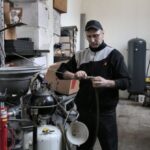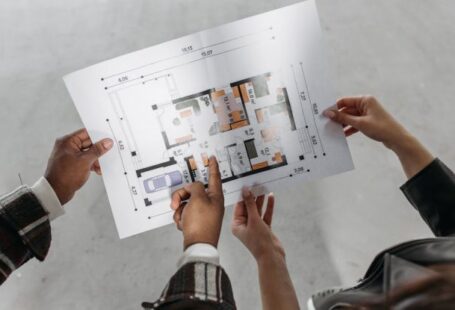Old machinery in industrial settings can often pose challenges in terms of efficiency and productivity. These machines may not be as advanced as newer models and can lead to increased downtime and higher maintenance costs. However, retrofitting solutions offer a way to upgrade existing equipment to enhance performance and extend their lifespan. In this article, we will explore the various retrofitting options available for old machinery to improve efficiency and functionality.
**Upgrading Control Systems**
One of the most common retrofitting solutions for old machinery is upgrading the control systems. By replacing outdated control panels with modern PLCs (Programmable Logic Controllers) or CNC (Computer Numerical Control) systems, manufacturers can improve accuracy, speed, and overall performance. These advanced control systems offer greater flexibility, precision, and reliability, leading to improved efficiency in production processes.
**Implementing Energy-Efficient Motors**
Another retrofitting option for old machinery is upgrading to energy-efficient motors. Older motors tend to be less energy-efficient, consuming more power and driving up operational costs. By installing high-efficiency motors, manufacturers can reduce energy consumption, lower utility bills, and minimize environmental impact. Energy-efficient motors not only help save money in the long run but also contribute to sustainability efforts.
**Adding Automation and Robotics**
Integrating automation and robotics into old machinery is a powerful retrofitting solution that can revolutionize production processes. By automating repetitive tasks and implementing robotic systems, manufacturers can increase productivity, reduce errors, and enhance overall efficiency. Automation and robotics not only streamline operations but also improve workplace safety by minimizing human intervention in hazardous tasks.
**Incorporating IoT and Data Analytics**
The Internet of Things (IoT) technology and data analytics have the potential to transform old machinery into smart, connected systems. By adding sensors and IoT devices to monitor equipment performance in real-time, manufacturers can gather valuable data for predictive maintenance and performance optimization. Data analytics tools can analyze this data to identify patterns, trends, and potential issues, allowing for proactive decision-making and preventive maintenance strategies.
**Upgrading Materials and Components**
Replacing worn-out or outdated materials and components in old machinery is another effective retrofitting solution to improve efficiency. Upgrading to high-performance materials and components can enhance durability, reliability, and performance, extending the lifespan of the equipment. By using advanced materials, such as composites or alloys, and high-quality components, manufacturers can ensure smoother operation and reduced maintenance requirements.
**Optimizing Workflow and Layout**
Retrofitting old machinery also involves optimizing workflow and layout to maximize efficiency and productivity. By reorganizing production lines, rearranging equipment, and improving material flow, manufacturers can eliminate bottlenecks, reduce idle time, and streamline operations. A well-designed layout that takes into account ergonomic principles and lean manufacturing concepts can significantly enhance overall efficiency and output.
**Enhancing Safety Features**
When retrofitting old machinery, enhancing safety features should be a top priority. Upgrading safety systems, adding guards, emergency stops, and safety interlocks can help prevent accidents and injuries in the workplace. By ensuring that old machinery meets current safety standards and regulations, manufacturers can create a safer working environment for employees while improving operational efficiency.
**Conclusion: Revitalizing Old Machinery for Enhanced Performance**
Retrofitting old machinery offers a cost-effective and sustainable way to improve efficiency, productivity, and competitiveness in industrial settings. By upgrading control systems, implementing energy-efficient motors, adding automation and robotics, incorporating IoT and data analytics, upgrading materials and components, optimizing workflow and layout, and enhancing safety features, manufacturers can revitalize old equipment and unlock their full potential. With the right retrofitting solutions, old machinery can be transformed into modern, high-performing assets that drive success in a rapidly evolving industry landscape.





